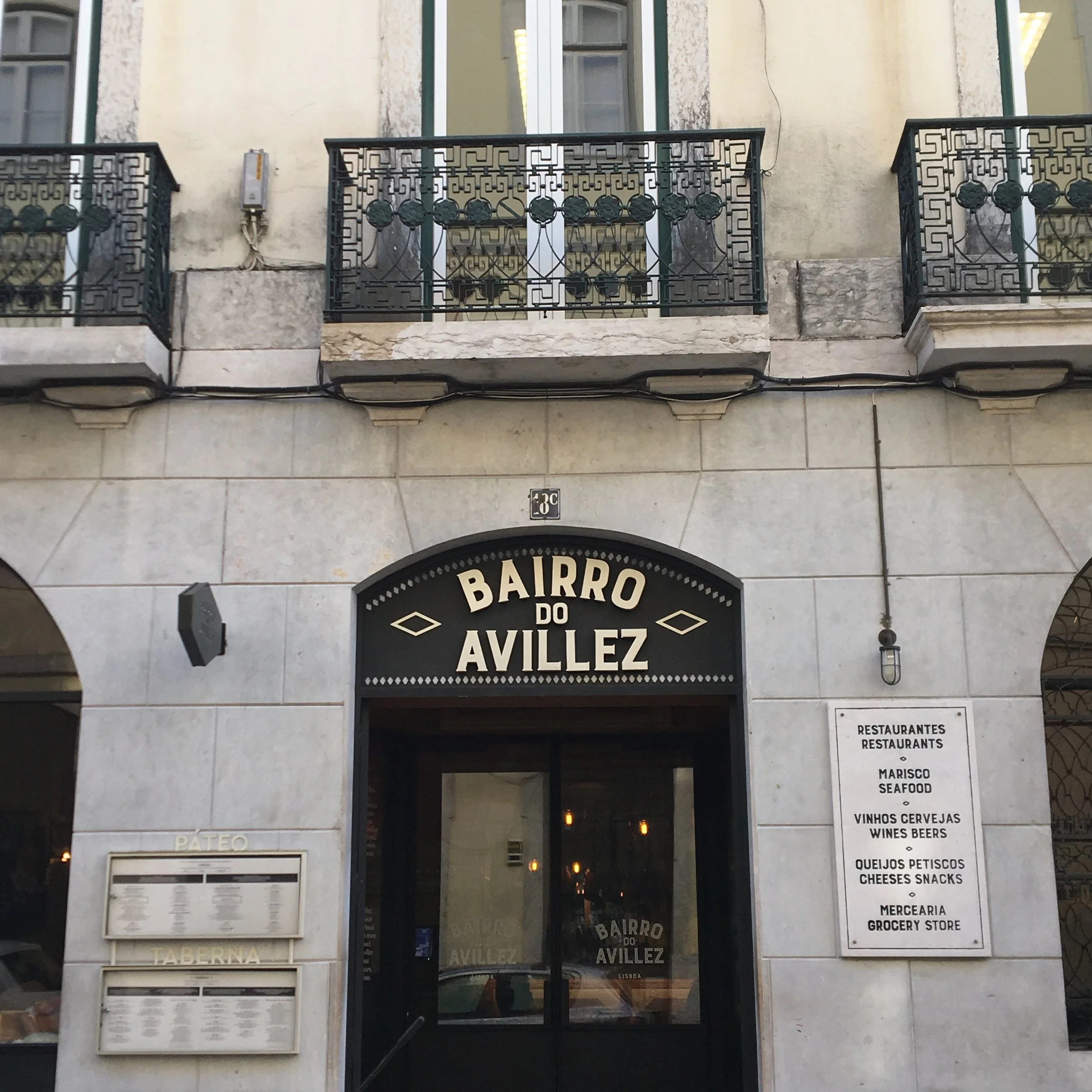
What’s Been Cooking in My Kitchen Lately
Portuguese Recipes
•
Easy Dinners
•
Sweet Treats
•
& Everything In Between
•
Portuguese Recipes • Easy Dinners • Sweet Treats • & Everything In Between •
Portuguese Favorites
Lisbon Food Guide
From flaky pastries to sunset views, this guide covers the best breakfasts, dinners, bars, and lookouts in Lisbon.









